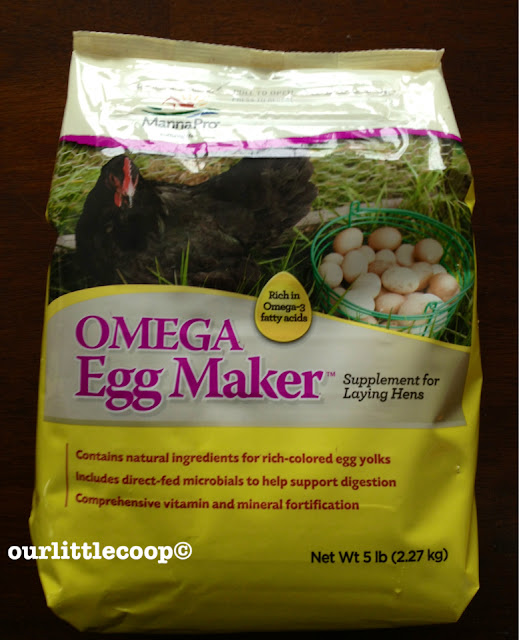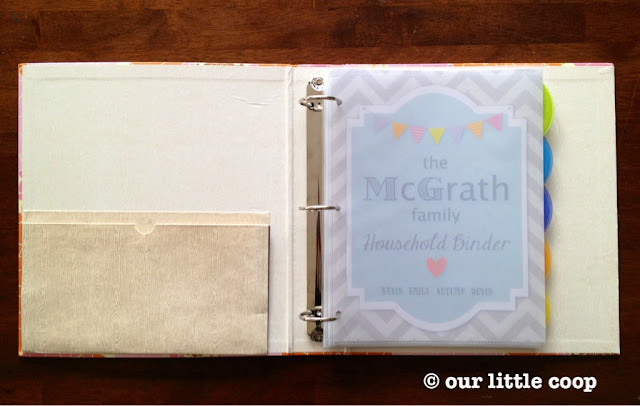So it seems that we can all agree that walking outside into your back yard, reaching up grabbing an apple, and without hesitation taking a huge bite out of the side of it without a wash or a rinse is safe. Plucking a few raspberries off of the bush on the side of your house and eating them as you run out to grab the mail is alright as well. And of course the basil in your herb garden just so happens to be the perfect garnish for tonights salad and no, it doesn't really need to be washed. I am the first to admit that when something comes from my own backyard, something I have grown or raised with my own two hands, I am rarely thinking about contamination, dirt or germs. But when buying fresh produce from the grocery store I immediately begin to wonder if the item I am about to buy and eventually ingest is going to be a part of the next major "recall." While some may get a good laugh for me thinking this way and say that the chances are slim, food contamination is real and the effects can be devastating.

So how can we make sure that the fresh produce that we bring into our home is safer and cleaner? A food scientist at Virginia Polytechnic Institute and State University in Blacksburg by the name of Susan Somner developed an environmentally safe method, more effective than the standard method utilizing chlorinated bleach, in order to decontaminate beef carcasses. This method lead her to study a more difficult challenge which was to remove dangerous microbes such as E. coli bacteria, Salmonella and Shigella from fresh produce. We have all been taught that proper food handling and cooking meat to temp is crucial in order to prevent the spread and ingestion of these harmful microbes, but when they come in contact with raw fruits and vegetables, they can not simply be washed away or rubbed off. Sumner contaminated raw fruits and vegetables with E. coli, salmonella, and shigella and sprayed the produce with vinegar, hydrogen peroxide and then both. In her findings, the produce sprayed with hydrogen peroxide was 100xs more effective as vinegar but when used together killed 10xs more bacteria than when hydrogen peroxide was used alone. Sumner explains, "If the acetic acid got rid of 100 organisms, the hydrogen peroxide would get rid of 10,000 and the two together would get rid of 100,000." Sumner also adds "What I really liked about this treatment is that every (microbe) that drips off is killed."
Implementing this method in your own home is easy, it is safe, it is natural and it is environmentally friendly.
What you will need:
- 2 spray bottles one of the bottles must be opaque. You can also find a spray nozzle that fits the neck of your hydrogen peroxide bottle and do without the bottle all together (make sure the spray bottles have never been used)
- 1 bottle of 3% hydrogen peroxide found in your pharmacy.
- white vinegar.
Directions:
- Fill one spray bottle with vinegar and the other (opaque) with the hydrogen peroxide
- Spray your fruit or vegetable with the hydrogen peroxide
- Spray your fruit or vegetable with vinegar
- Rinse with water
- Enjoy! I know I will knowing my produce is a little safer.
References:
Peters, D., S.S. Sumner, et al. 1996. Control of pathogenic bacteria on fresh produce, a paper (abstract #168) presented in Seattle on July 2 at the 83rd annual meeting of International Association of Milk, Food and Environmental Sanitarians.
www.sciencenewsonline.com Food for Thought - 9/28/1996
























